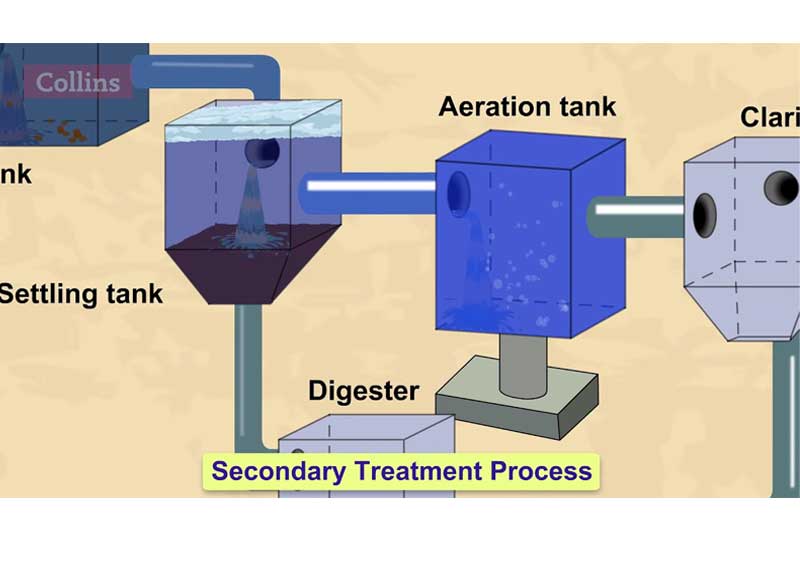
Hello Everyone! We will discuss about wastewater treatment plants work.
Well, here’s the answer, the water that we see in the rivers or water bodies is not fit for consumption directly, so it needs pre-treatment, such as removal of any debris, toxins, dissolved salts, removal of oil and grease if any, odor and color removal, this is done by the common supply treatment plants, where in water is treated first and then supplied after being tested multiple times.
As you know the cities and Towns have sewerage systems in place to carry the wastewater from our dirty water like homes, hotels, factories and other establishments to a sewage treatment plant where the wastewater is treated.
It is then deemed safe to release into other water sources the treatment of wastewater, It goes through different stages wastewater, is treated to remove the physical chemical and biological contaminants present in it through various processes.
The pretreatment process involves the sewage being sent through grids or vertical bars that can remove large solid substances like metal, cans, paper. And plastic materials in primary treatment process the sewage flows through the grit chamber very slowly.
So that the sand pebbles and soil settle down at the bottom the sewage flows into the settling tank or sedimentation tank where the solid wastes like feces are allowed to settle down waste such as soaps oils and grease rise to the top of the wastewater.
The waste material that settles down at the bottom is called the sludge and the floatable material is called the scum is then removed using a skimmer and sludge is removed with a scraper every few days. The water that is left out is called the clarified water in the secondary treatment process biological or organic wastes are removed. It is a biological process this is done by transferring the clarified water into an aeration tank where air blowers bubble air which helps the aerobic bacteria to grow and feed on the organic contaminants such as food waste feces and other organisms the mixture.
Then flows from the aeration tank into the clarifier where activated sludge settles out by gravity the activated sludge so produced along with the sludge produced in the primary process is transferred to the digester where it is decomposed by anaerobic arteria biogas. It is produced in this process which can be used as fuel or can be used to produce electricity the activated sludge is.
Then left in the sand drying beds some quantity of water in the activated sludge evaporates and the remaining quantity drains through the sand beds this leaves behind the remaining dried sludge which can be used for making fertilizers or compost in the tertiary treatment process. The leftover wastewater is treated with chlorine to remove the phosphorus compounds nitrogen compounds and bacteria. It is a chemical process chlorine tablets are added to kill the germs this process is called chlorination then this water is let off into the water bodies.
What happens to water after it leaves your facility?
As the waste water, that is supplied is not fit for consumption without pre-treatment, same is the case with the water that is used up and has left your facility.
Now the toxins that have accumulated can be of toxic nature or domestic nature, and hence, the water needs to be treated before discharge.
The process involves a screening for the removal of suspended solids, followed by different treatments such as chemical treatment, biological treatment, filtration and recycling etc. The type of treatment depends upon the nature of water being discharged.
